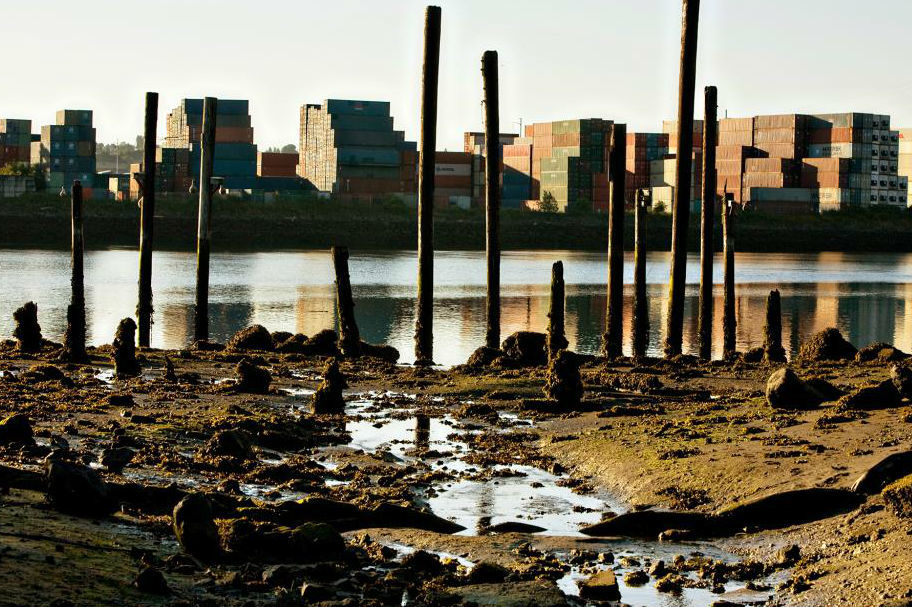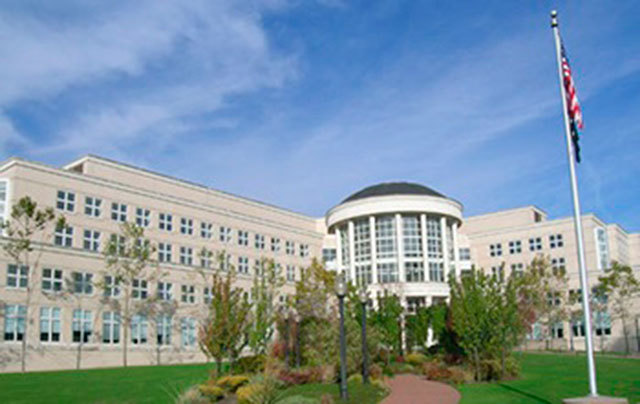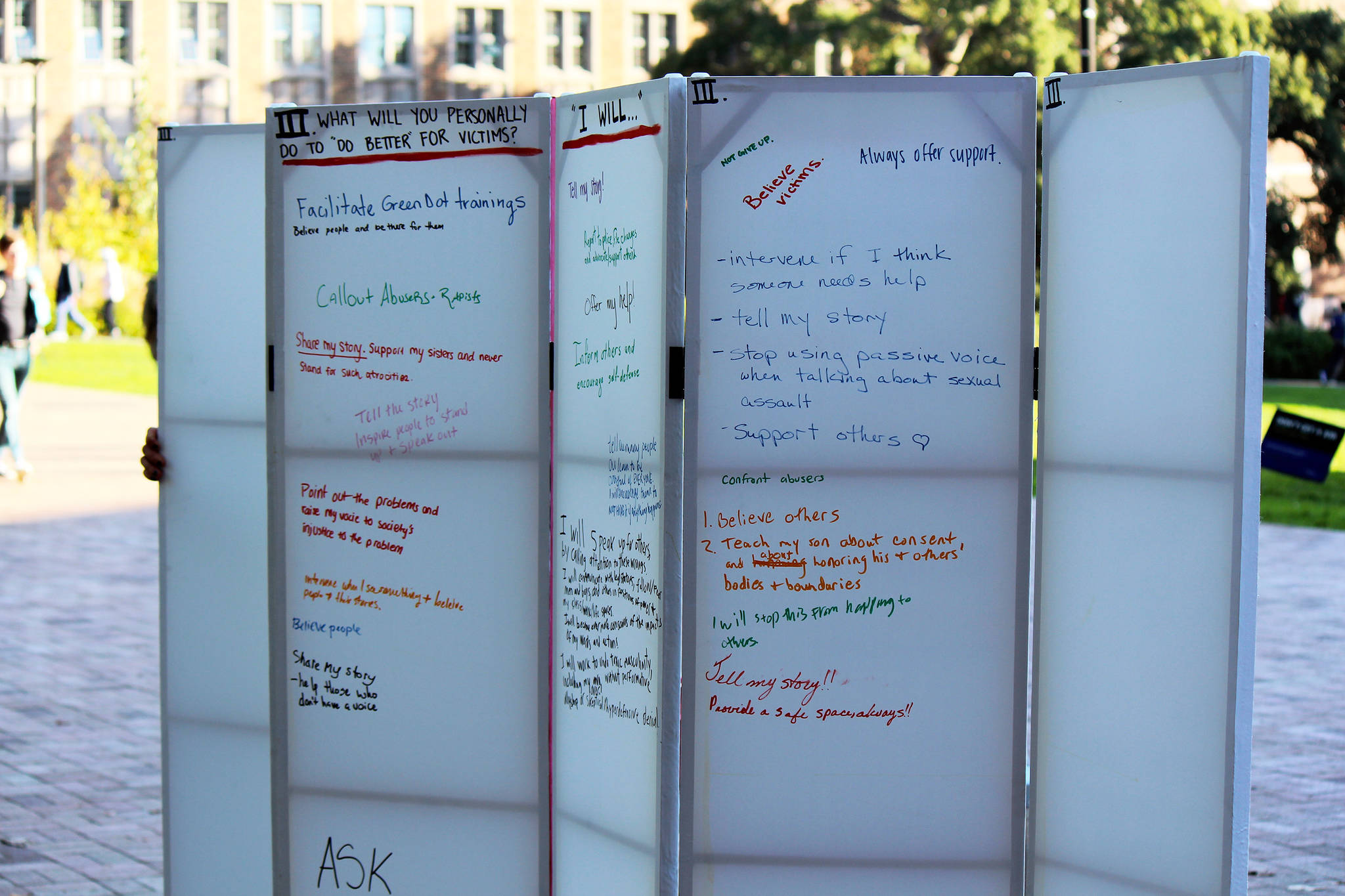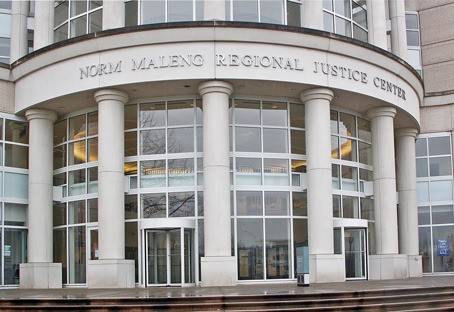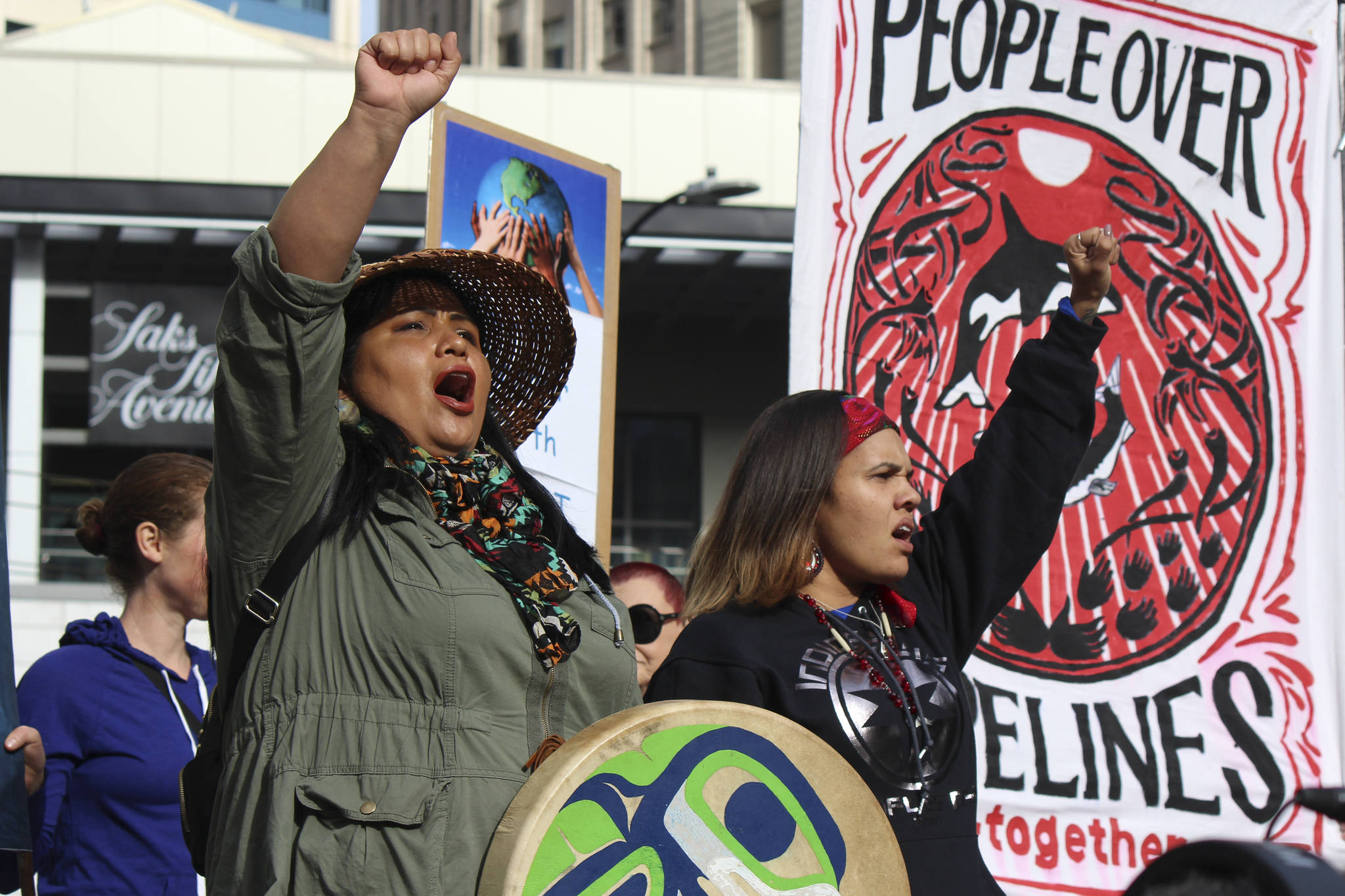When the news broke earlier this week that the Trump administration had put a temporary freeze on Environmental Protection Agency grants and contracts, many, many people and groups and public officials across the country were up in arms.
Given what we know about the new administration — and the Internet — the very words “EPA grants freeze” seemed to launch a kind of hysteria. To stop all federal EPA funds that come into Washington state, for instance, would be to eliminate some tens of millions of dollars a year that fund everything from water quality research to brownfield remediation. In 2016, Washington received $152,765,392 in grants, contracts, and other financial assistance from the EPA, including environmental health program grants to Seattle-based organizations El Centro de la Raza and the Duwamish River Cleanup Coalition. About three-quarters of the EPA’s total budget goes to funding projects like these across the country.
Part of the confusion (and the furor) stemmed from the freeze’s accompanying gag order: Federal agencies were not, and are still not, allowed to issue press releases or social media posts about any of this. (As of this writing, the last time the EPA’s Facebook page was updated was on January 19). But this kind of thing is routine, some public officials say: A new administration usually presses the pause button so that it can evaluate what’s beeing going on in various agencies, and the freeze only applies to new funding, and it should wrap up by the end of this week. And indeed, by Friday morning, it seems the freeze was lifted.
Still, because we know Trump’s no fan of the EPA, and that Scott Pruitt, the likely head of the federal EPA, has spent years suing it over environmental regulations, and that former Washington state Senator Don Benton and state Senator Doug Ericksen, two local legislators that President Trump tapped to help usher in that new EPA, are hardly known locally for their efforts to protect the environment — to some, a “temporary freeze” on funding for environmental projects does not sound all that temporary.
“From what we’re reading and what we’ve experienced with this administration thus far,” Marta Stoepker, Western Region Communications Manager for the Sierra Club, said earlier this week, “when we see the words ‘freeze on funding from the EPA,’ we take it as ‘freeze on funding from the EPA.’”
“Part of what’s so alarming about these circumstances is the uncertainty around it,” adds Cesia Kearns, deputy regional director for the Sierra Club’s Beyond Coal Campaign. “We’ve always counted on our government to be transparent.” There was a flurry for a moment, for example, when news leaked that the Trump administration had told the EPA to scrub all information about climate change from its website, too; apparently that plan has been suspended… for now. “Having a federal agency whose fundamental purpose is to protect our air and our water and thereby our health, and to have that fundamental agency be restricted from doing its job,” Kearns says, which includes disseminating and funding climate science, “is going to lead to a lot of suffering from communities.”
Naturally, the first big EPA-related project that comes to mind for many Seattleites is the Duwamish Superfund site. Could a new administration affect that cleanup project at all?
Technically, it could, at some point. But so far, according to James Rasmussen, coordinator of the Duwamish River Cleanup Coalition Technical Advisory Group, there is no reason to worry. The EPA’s role is more administrative than anything else right now; it is the four main responsible parties — the City of Seattle, the Port of Seattle, Boeing, and King County — that are paying for the cleanup and that have already made commitments to do so. There will be ongoing community roundtables on what exactly that cleanup should look like. Much of the heavy lifting has been done, and the ship is moving.
Moreover, Rasmussen says, “these are federal laws that are being enforced.” It’s not just EPA leadership that matters here; it is a 1980 law that created Superfund cleanup requirements. “Trump is not going to be able to change that” — not easily, anyway. “And beyond that you have the Clean Water Act… I don’t think that’s in the near future, that we’re going to gut the Clean Water Act.”
And even in the worst-case scenario, “if the EPA completely gets de-funded and there really isn’t an EPA anymore… federal laws still have to be enforced. That means the state of Washington has to enforce them. So, therefore, the Department of Ecology would be responsible for the cleanup. I’ve already put them on notice. Somebody is going to have to do this. None of this goes away,” he says, his voice firm. “None of this goes away.”
And the DRCC isn’t going away, either, he says. Yes, certainly, EPA grant funding has allowed the DRCC to run programs such as Duwamish Community Action for Clean Air, which provides free healthy home assessments and air filters, and was part of the creation of the largest green wall in Seattle last October. But that grant support is already complete, and Rasmussen isn’t necessarily counting on the EPA to fill the gaps next time. “Hopefully we’ll be able to continue these programs with… grants that we get in other places,” he says. “Within the next year or two, it’s probably gonna get real treacherous out there, [but] in times like these before, going back to the George W. administration, foundations have stepped up and… been able to gather more money to help organizations like us to do what we do.”
The most important thing right now, he cautions, is “not to react to speculation. Because that is really, I think, where it gets messy fast.”
Although there’s still a long way to go to clean up the Duwamish, he adds, today “there is more variety of wildlife on the Duwamish River than any other place in the City of Seattle. That includes the Arboretum. It’s getting better. Things are getting better.”
sbernard@seattleweekly.com
